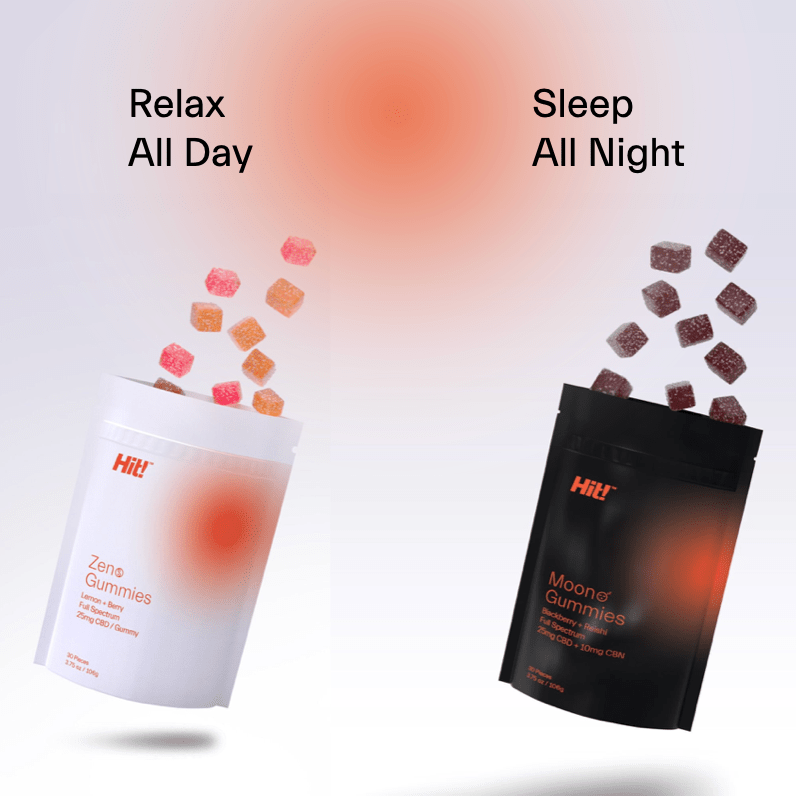Understanding Pain And How to Fight It

Pain sucks.
But don't worry, we're not powerless when it comes to battling chronic or severe pain. By diving into the various types of pain and their causes, we can fine-tune treatments to make them work better. Let's look at three key types of pain: Nociceptive, Neuropathic, and Nociplastic.
Nociceptive pain is the most common kind, and it happens when tissues like skin, muscles, or bones get injured or damaged. This pain can feel sharp, throbbing, or achy, and it can be short-term or long-lasting. Think of how it feels when you get a bruise or a scrape—that's nociceptive pain.
To treat nociceptive pain, we usually focus on fixing what's causing it. Over-the-counter pain relievers like aspirin or ibuprofen can help, but sometimes you might need a prescription for things like opioids or nonsteroidal anti-inflammatory drugs (NSAIDs). Our Hit! Balm is a great way to address nociceptive pain as it can fight inflammation and reduce the perception of pain at the same time.
Acupuncture is another option for managing nociceptive pain. This ancient Chinese practice involves sticking thin needles into specific spots on your body to kick-start the healing process. Research shows that acupuncture can lower pain and boost quality of life for folks dealing with chronic pain.
Neuropathic pain, on the other hand, comes from damage or injury to the nerves that send pain signals to your brain. This pain can feel like burning or shooting, and it can be short-term or long-lasting as well. Diabetic neuropathy, sciatica, and phantom limb pain are all examples of neuropathic pain.
For neuropathic pain, treatment is more about managing symptoms than fixing the root problem. Medications like anticonvulsants, antidepressants, or opioids can help, along with other strategies like cognitive-behavioral therapy (CBT) or physical therapy.
CBD, a natural compound in the cannabis plant, can also help with neuropathic pain. CBD products like oils or creams can offer anti-inflammatory and pain-relief benefits. Just remember, the FDA doesn't regulate CBD products, so they might have varying amounts of THC, the part of marijuana that gets you "high."
Nociplastic pain is a bit different because it happens when the nervous system isn't working right, even though there's no visible injury or tissue damage. This pain can be constant or changing, and it can be either localized or all over. Fibromyalgia and chronic fatigue syndrome are examples of nociplastic pain.
When treating nociplastic pain, the focus is on managing symptoms and improving overall quality of life. Antidepressants or anticonvulsants can help, as well as complementary therapies like acupuncture or mindfulness-based stress reduction (MBSR).
So, nociceptive, neuropathic, and nociplastic pain are all unique in their causes and symptoms, which means they need different treatments. Over-the-counter or prescription meds can often help with pain, but don't forget about other options like acupuncture, CBD, and mindfulness-based stress reduction to manage pain and live your best life.








Leave a comment